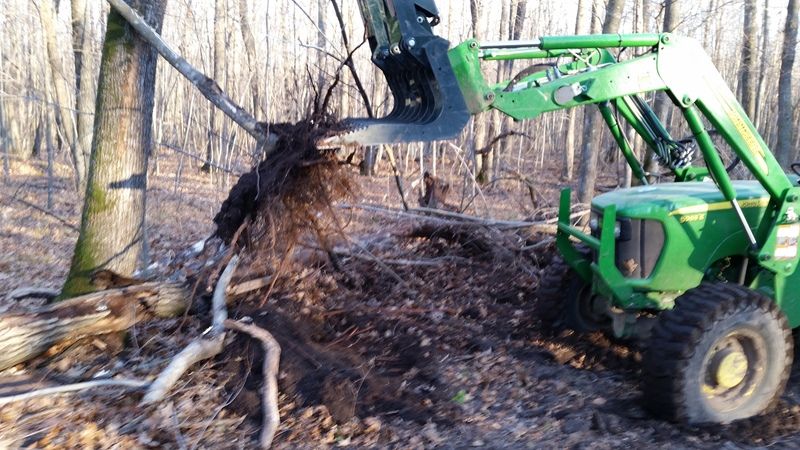I have an acre or 2 that is overrun with buckthorn, wild grapes, raspberries, multi-floral rose, and other brushy growth. I already have a Stihl FS90R trimmer where I have been swapping out a blade for the string head but when I only have a short time to work in an area, I don't want to spend half of it swapping the heads back and forth. Plus, I only have the loop handle on that trimmer which is not recommended with blades. I'm considering buying a dedicated brush cutter with bicycle bars but I'm choking on some of the prices; Stihls are pushing $1000+ and Husqvarna is just shy of $800 (looking at the 345FR).
Are there units you would recommend that don't break the bank? Husqvarna has "brush cutters" and "forestry clearing saws"; not sure what the difference is.
I'm also wondering if something like my trimmer (maybe step up to a Stihl FS130) with bicycle bars and the blade I already have would work well, or is that not advised? If I could use one of the more power Stihl trimmers as a brush cutter, I would at least have some parts redundancy with the trimmer I already own and the initial buy-in is less than the brush cutters.
Thanks!
Are there units you would recommend that don't break the bank? Husqvarna has "brush cutters" and "forestry clearing saws"; not sure what the difference is.
I'm also wondering if something like my trimmer (maybe step up to a Stihl FS130) with bicycle bars and the blade I already have would work well, or is that not advised? If I could use one of the more power Stihl trimmers as a brush cutter, I would at least have some parts redundancy with the trimmer I already own and the initial buy-in is less than the brush cutters.
Thanks!






